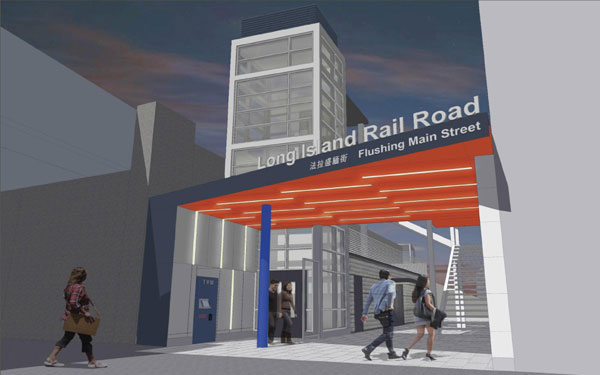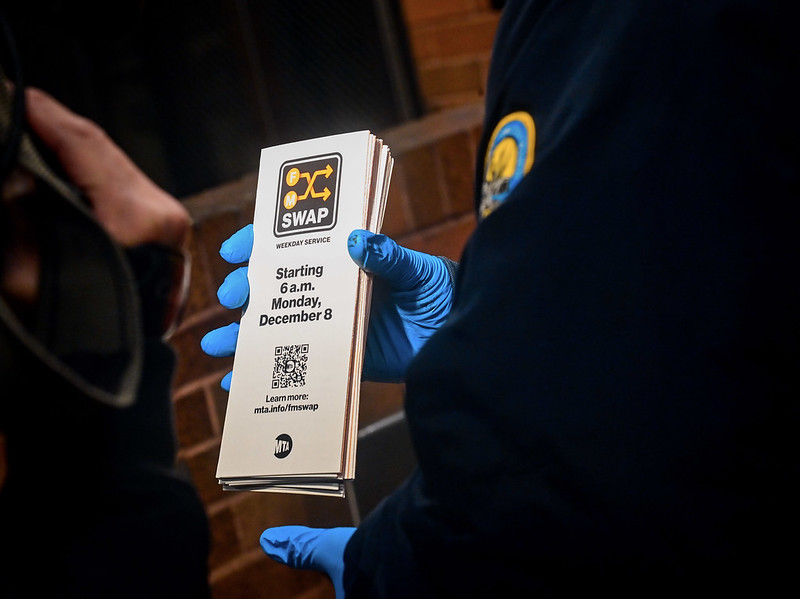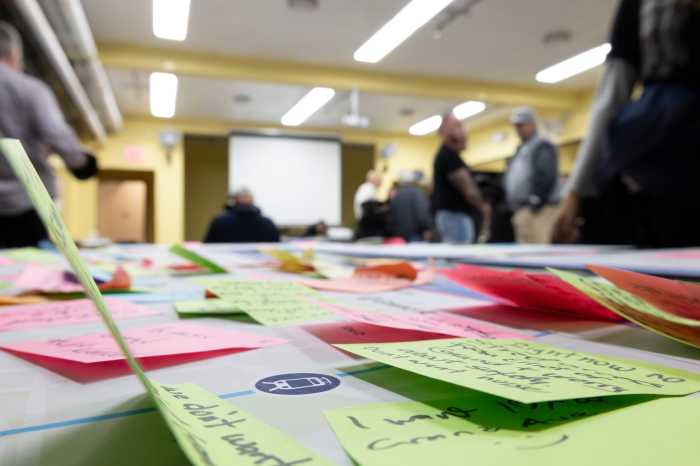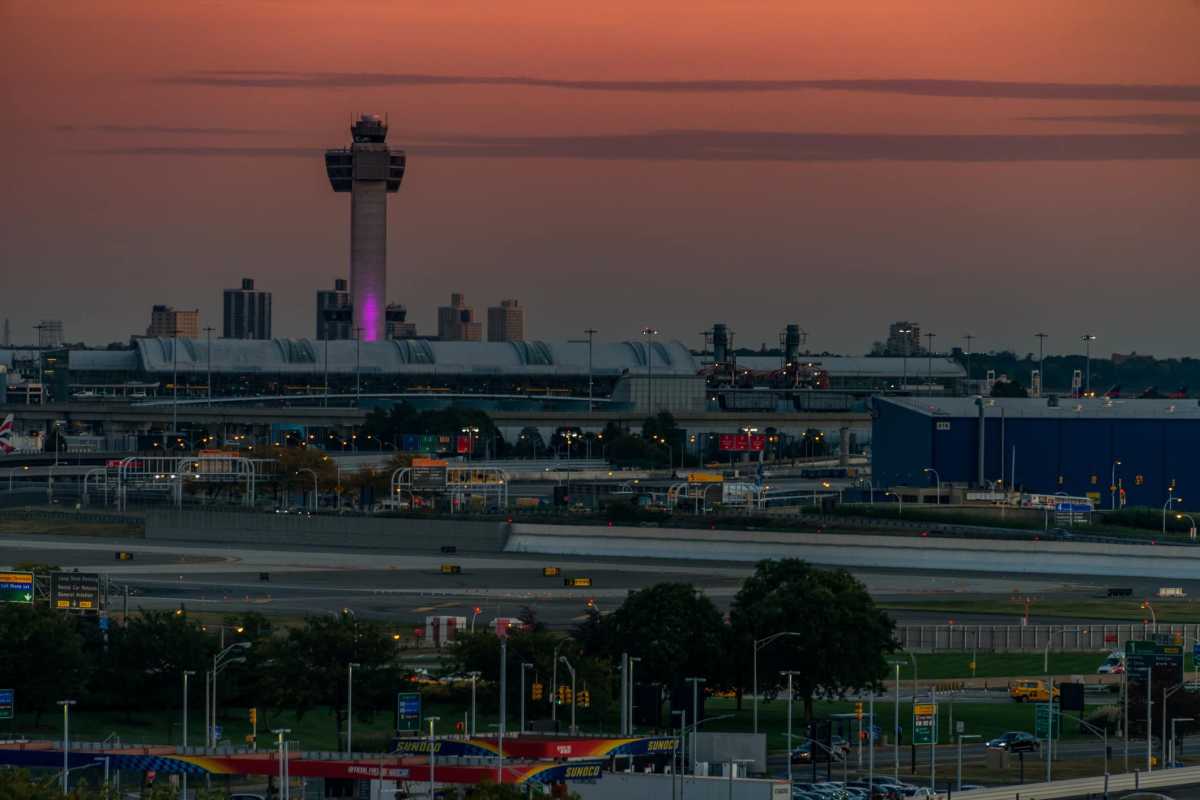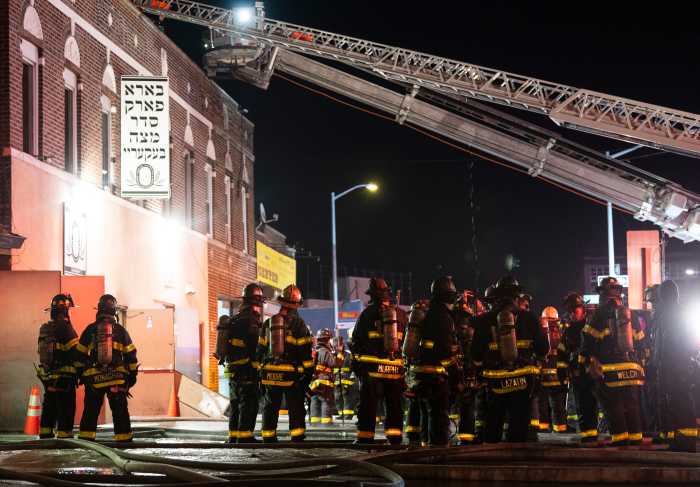By Mark Hallum
A broad array of capital improvement projects is underway to overhaul the Long Island Rail Road to accommodate the modern needs of its ridership. Gov. Andrew Cuomo announced last week a total of $5.6 billion in state funds would be spent adding additional tracks, renovating about 40 stations and adding vital infrastructure to increase train capacity by 80 percent.
Cuomo referred to the nearly 70 decades of little improvement to the LIRR’s infrastructure as a period of “stagnation” in a recent release, which detailed full upgrades to Jamaica and Flushing stations in Queens, as well as new systemwide signaling for the entire network and an overhaul of tracks.
“With the complete transformation of the Long Island Rail Road, New York is recapturing the bold ambition that made our infrastructure the envy of the nation and building for the future. The LIRR is the backbone of the region’s economy, and the strength and resiliency of Long Island requires bold, transformative investments to bolster our transportation network,” Cuomo said. “From the previously unthinkable Third Track and Second Track projects to state-of-the-art technology and signal upgrades, we are daring to imagine better and delivering for the people of New York once again.”
The Third Track is an expansion project for the 9.8-mile stretch of the Main Line between Floral Park and Hicksville and eliminates all seven street-level crossings within the construction zone. It will cost an estimated $2 billion.
Renderings show an almost unrecognizable downtown Flushing station with a canopy over a single entrance. The station is currently undergoing improvements. It is not ADA-accessible and provides little shelter for commuters on the platforms. To get from one platform to the other, riders are forced to go around the block at Main Street.
About $375 million will reconfigure tracks, install new signals and other infrastructure at Jamaica Station, which has seen some updates since it was built in 1913, according to the governor’s office. Wifi, charging stations and heated enclosures will comprise some of the new features.
Cuomo has pulled these funds together in the lead-up to what he has called the “summer of hell” for public transit riders in New York City which started July 8. While Penn Station has reduced its capacity by 19 percent for eight weeks as Amtrak completes a series of long-overdue repairs affecting service for LIRR, NJ Transit and Amtrak customers, the governor has also declared a state of emergency for the city’s subways. This has suspended some of the bureaucracy tied to capital improvements to expedite the installment of a signal system to replace the current outdate technology developed in the 1890s and to secure $1 billion for the MTA’s capital improvement funds.
The LIRR reported a relatively minor dip in ridership in the first two weeks of the “summer of hell,” according to transit officials at a Monday MTA board meeting. LIRR President Patrick Nowakowski presented figures which showed a dip of about 11,000 riders through Penn Station, compared to the baseline of 86,000, during the morning peak hour on Week Two. Evening peak hour through the transit hub only saw a drop of about 4,000 commuters.
Reach reporter Mark Hallum by e-mail at mhall

